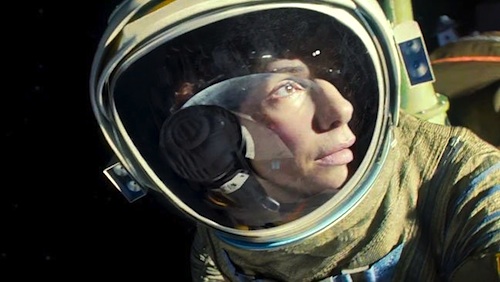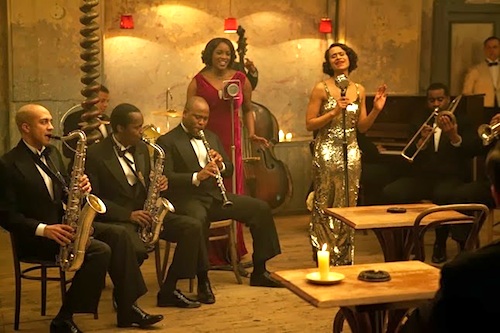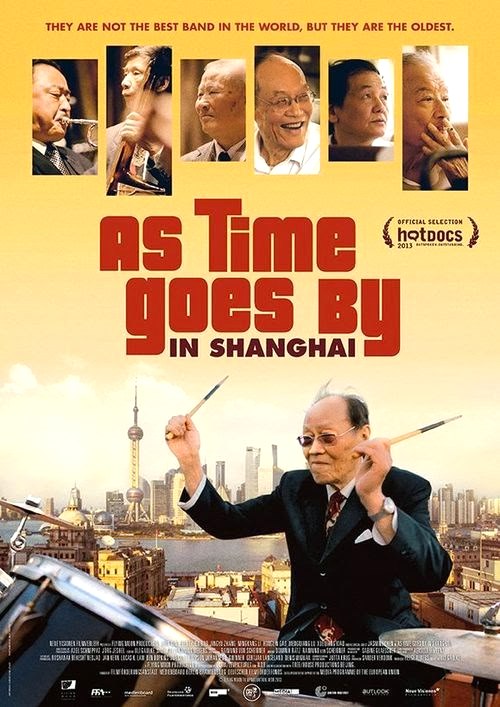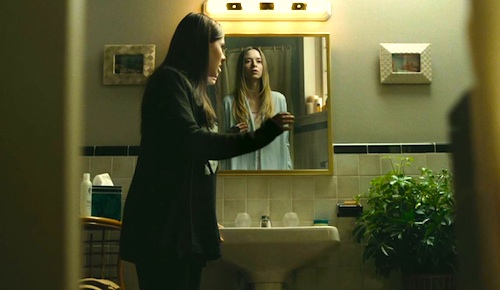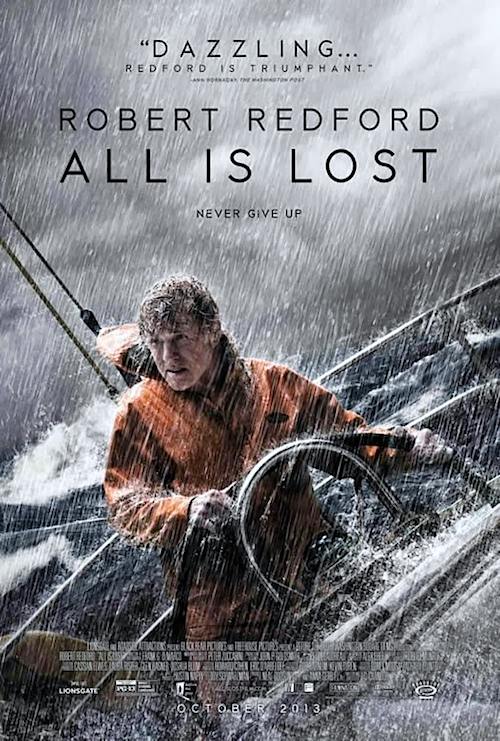By Joe Bendel. He has the looks of the Red Skull and the flamboyance of a Lucha Libre wrestler. The Golden Bat is Japan’s oldest superhero, dating back to at least 1930, nine years before Bruce Wayne repurposed his dungeon, so show some respect. This Thursday, Brooklyn’s Spectacle Theater pays homage to the strange, caped avenger, who has constantly saved our butts in manga, anime, and motion pictures, with Hymns of the Golden Bat – a special one night only program of the Ōgon Batto’s greatest hits, culminating with Hajime Satô’s impossibly manic seventy-three minute live-action epic, The Golden Bat.
Right, the Earth is pretty much in for it. The planet Icarus (dig the mythological reference) is speeding towards us on a collision course, but the scientific establishment is too snobby to heed the warnings of Akira Kazahaya, a teenaged factory worker who dabbles in astronomy. Fortunately, the Pearl Research Institute has been on the case. Led by Dr. Yamatone, they too have tracked Icarus, developing a Dr. No-certified laser canyon to blow-up Icarus in the nick of time. They just need a lens strong enough to withstand the laser’s force, which is ironic, considering Pearle can usually craft your lenses in under an hour.
Seeking a natural lens, Dr. Yamatone and nearly the entire Pearl staff is lured to the long lost island of Atlantis, where the evil Nazo has the drop on them. Ah, but not so fast. Within the temple of Atlantis, they find the Golden Bat’s Egyptian sarcophagus, where his is re-animated by Emily Pearl, the granddaughter of the Institute’s founder. Good thing they thought to take a fourteen year old along on such a dangerous mission.
 Needless to say, the Golden Bat pops-up and lays a proper beatdown on Nazo’s henchmen. Of course, they are not out of the woods yet. In fact, that is just the first ten minutes of Golden Bat’s mayhem. There will also be multiple doppelgangers to contend with and laser battles galore, accompanied by the Ōgon Batto’s ominous sounding laughter and big, brassy chorale theme music.
Needless to say, the Golden Bat pops-up and lays a proper beatdown on Nazo’s henchmen. Of course, they are not out of the woods yet. In fact, that is just the first ten minutes of Golden Bat’s mayhem. There will also be multiple doppelgangers to contend with and laser battles galore, accompanied by the Ōgon Batto’s ominous sounding laughter and big, brassy chorale theme music.
The Golden Bat is the kind of film that can make pedantic fussbudgets’ heads explode. You just have to toss logic to the wind and hang on as it careens from one spectacle to another, like a pinball. Where else will you find a super villain decked out in a fuzzy-wuzzy rat costume with four eyes? The plot rather defies description and the laws of science, but fortunately the title caped crusader constantly reappears to pummel bad guys with his Scepter of Justice.
Oddly enough, a young Sonny Chiba is present, but largely not a factor in the smack-downs as the Picard-esque Yamatone. Frankly, Emily Takami is much better than you would expect as her young namesake, hardly cloying or annoying at all as the teenaged world-saver. Whoever was sporting the Golden Bat costume was certainly physically energetic, while Osamu Kobayashi’s voice-overs are bizarrely distinctive.
Indeed, The Golden Bat is a thing of beauty to behold, from the trippy sets to the hyper action sequences. Satô, probably best known for helming the darker cult favorite Goke, Body Snatcher from Hell, clearly was not one to do things by halfsies. There is something for everyone here, including fans of Ultraman, Kaiju movies, alien body snatcher films, and men in capes.The Spectacle should be the perfect venue to appreciate his charms with a like-minded audience of any of the above. Highly recommended to all fans of cult cinema, The Golden Bat should be a fitting capstone to a mind-expanding night this Thursday (10/24) at the Spectacle in Williamsburg, Brooklyn.
LFM GRADE: A
Posted on October 21st, 2013 at 11:52am.
